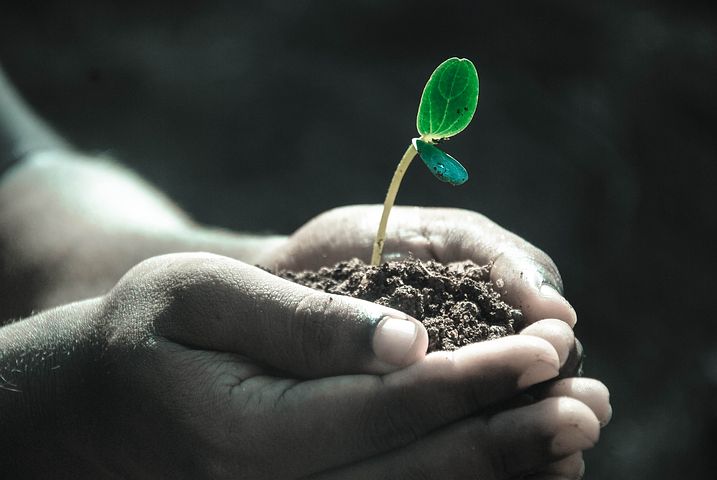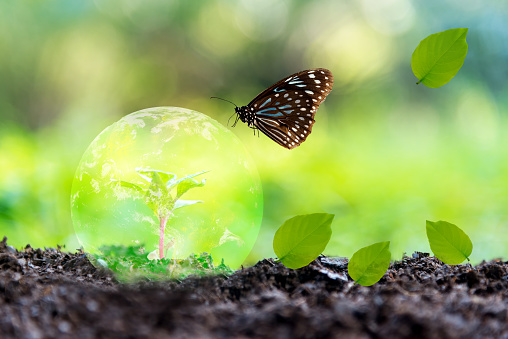Soil Biodiversity loss

The Food and agriculture organization of the UN sends out main statements
Here on SeaforChange we’ve been following biodiversity loss starting from the oceans and then moving on to all relevant fields. Over the last days, the FAO has launched suggestions on how to help stop this growing phenomenon and help save biodiversity and the future of the Planet. In this article, we will be looking into soil biodiversity and its importance.

Definition of soil biodiversity
It is generally defined as the variability of living organisms in soil and the ecological complexes of which they are part. This includes diversity within species between species and of ecosystems. What could happen with the decline of soil biodiversity is the reduction of forms of life living in soils in terms of quantity and variety, thus modifying the entire ecosystem and all the species on Earth over time. Indeed, soils contain at least one quarter to one-third of all living organisms on the Planet even if little is known about them. Usually, the decline of this biodiversity is related to the deterioration in soil quality linked to erosion, organic matter depletion, salinization, contamination and compaction.

Effects of Land Management
Land Management can have various effects on the biodiversity below the ground. A primary driver is the link it has with soil organic matter, even if researchers say this is still not fully understood. Reduced biodiversity ca be due to food-webs, losses from organic matter e carbon losses. Fertilizers, pesticides and herbicides are also part of the agricultural intensification also effect biodiversity.
Climate
As is well known, climate change has serious effects on biodiversity. In the case of soil, changes that lead to floods, lack of oxygen and compaction, loss of organic matter and long periods of drought are the main drivers of biodiversity loss in soil.
To follow, the main pressures that have been recognized for three levels of biodiversity:
• Ecosystem-level – the main pressures are thought to derive from land use change, overuse and exploitation, a change of climatic and hydrological regime and change of geochemical properties.
• Level of species of organism in the soil – the main pressures on biodiversity are thought to derive from a change in environmental conditions of geochemistry, competition with invasive species and ecotoxins.
• Genetic level – the main pressures are thought to derive from a change of environmental conditions, ecotoxins and “Genetic pollution”. (www.recare-hub.eu).
To follow the guidelines that the Food and Agriculture Organization have given to stop this process before eccessive damage:

